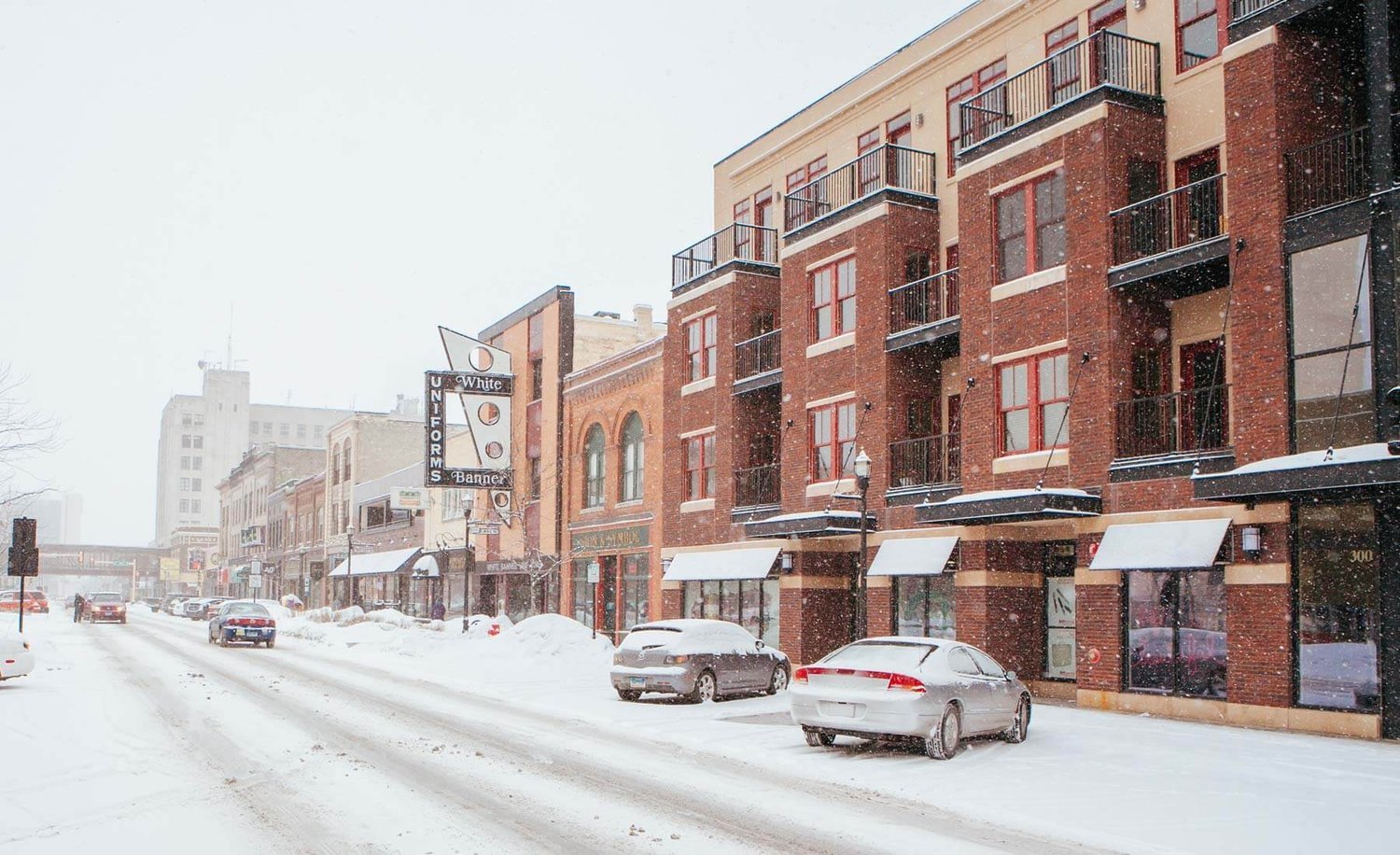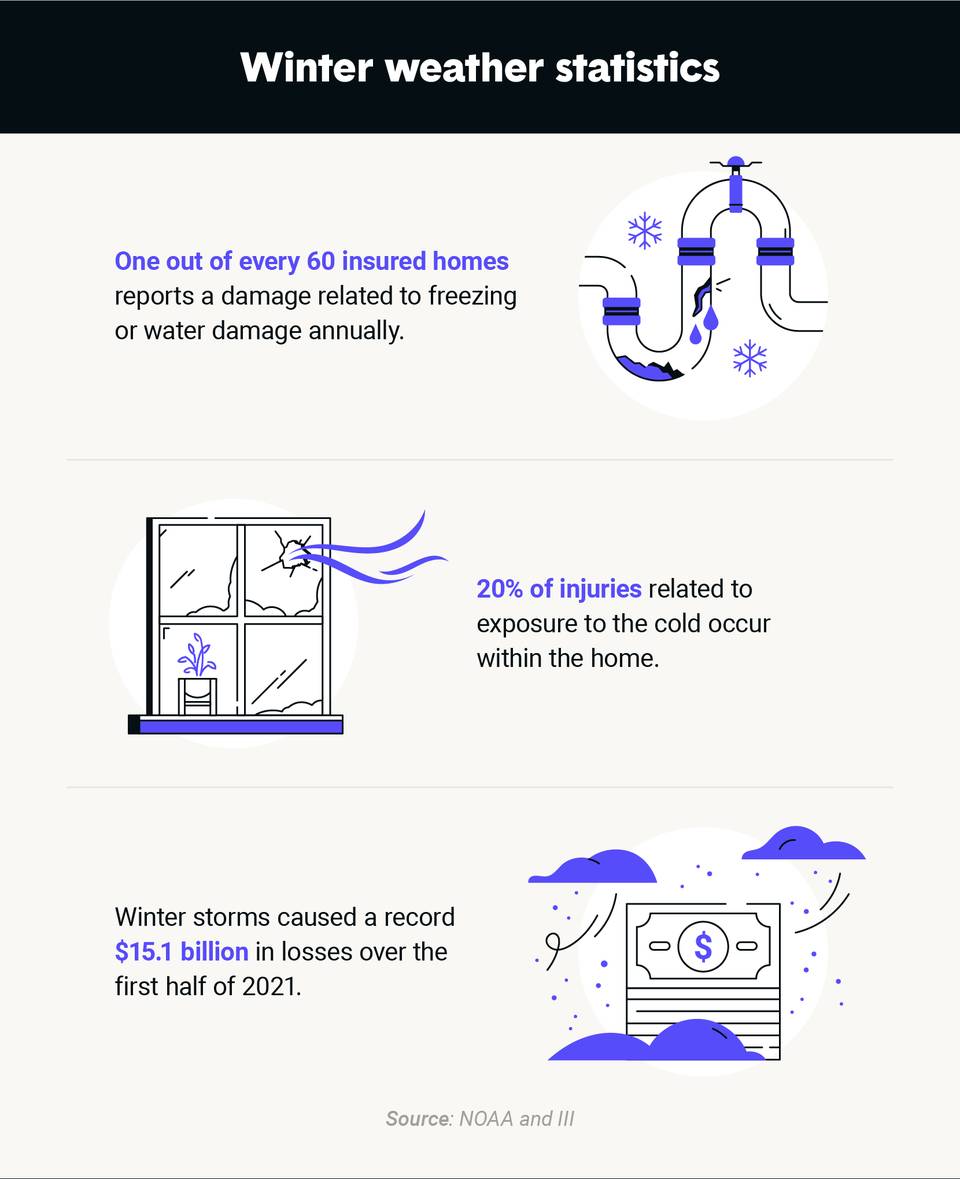When we think of cold weather, what often comes to mind is warm blankets, hot drinks and a magical snowscape. While it's true the cold can lead to seasonal pleasantries, extreme cold can often have harsh implications — especially for home insurance.
The coldest cities in the United States are faced with intense snow, scathing winds and dangerous ice each winter. These conditions can pose risks to your home and personal safety. Even if you don’t live in one of the nation’s coldest cities, it’s possible you still face these threats if your home experiences freezing winters.
In this article, we’ll reveal the 13 coldest cities in the U.S., what geographical features contribute to their ranking and offer insight on the best time to plan a trip to these locations (Spoiler alert: It’s not January).
Methodology: To compile this list, we used data obtained from World Population Review highlighting the lowest minimum average temperatures in cities with at least 10,000 residents in the U.S. For tiebreakers, we used data obtained from Climate Data Online that shows the lowest recorded temperatures for each city.1,2




